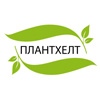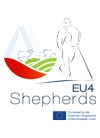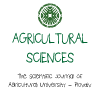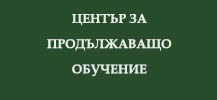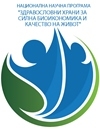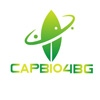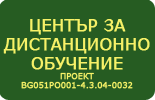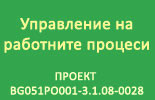Price theory
|
Course title: |
Price theory |
|
|
Course code: |
IFPTH |
|
|
ECTS: |
3 |
|
|
In-class hours |
Lectures: |
15 |
|
Laboratory work/Tutorials: |
15 |
|
|
Self-preparation hours |
Practical training: |
15 |
|
Other: |
30 |
|
|
Total hours: |
75 |
|
|
Language: |
English |
|
|
Study cycle: |
BSc |
|
|
Semester: |
Winter, summer |
|
|
Faculty: |
Faculty of Economics |
|
|
Name of the lecturer(s): |
Prof. Ivan Penov, PhD |
|
|
Mode of delivery: |
Face-to-face, distance learning |
|
|
Prerequisites: |
No prerequisites |
|
|
Learning outcomes of the course unit: |
The course is aimed at providing students with basic knowledge about how the markets for agricultural products work. The course looked at the theory and various pricing models. Quantitative methods suitable for price analysis are introduced. The course also provides initial knowledge and skills for modeling the demand-supply system. |
|
|
Course contents: |
LECTURES 1. DEMAND FOR AGRICULTURAL PRODUCTS Consumer and market demand. Changes in demand. Speculative demand. Price, Income, Cross elasticity of demand. Price flexibility coefficients.Derived demand 2. SUPPLY OF AGRICULTURAL PRODUCTS Production function. Cost functions. Individual and market supply. Changes in supply. Price elasticity of supply 3. THE PRICES FORMATION VIEWED BY THE FIRMS Calculation of the production cost.Cost distribution among the products and activities. Critical point. Cost and price formation 4. PRICE DETERMINATION Aggregate supply and demand. Classification of markets: perfect competition, monopolistic competition, oligopoly, monopoly. The political economy of the agricultural price formation: Adam Smith, Ricardo, Marx. Mechanisms for the discovery of the prices by the farmers. Price changes through the time 5. AGRICULTURAL PRICES AND STATE INTERVENTION Welfare analysis: consumer and producers surplus. Taxes. Import taxes and quotas. Price support programs. Export subsidies 6. INTRODUCTION TO EMPIRICAL PRICE ANALYSIS Background for price analysis. Techniques. Identification problem. Recursive systems.
TUTORIALS 1. SUPPLY OF AGRICULTURAL PRODUCTS Estimation of the production function. Deriving the input demand. Estimating the cost function. Deriving the individual supply. 2. THE PRICES FORMATION VIEWED BY THE FIRMS Calculation of the production cost.Cost distribution among the products and activities. Critical point. Cost and price formation. 3. AGRICULTURAL PRICES AND STATE INTERVENTION Welfare analysis of the effect from taxes and subsidies, import taxes and quotas and export subsidies 4. INTRODUCTION TO EMPIRICAL PRICE ANALYSIS Estimation of a simple supply and demand model. |
|
|
Recommended or required reading: |
Landsburg,S. “Price Theory and Application”, The Dryden Press, 1992 Tomek, W. and Robinson, K., Agricultural Product Prices”, Cornell University Press, 1990. Helmberger, P. and Chavas, J., “Economics of Agricultural Prices”, Prentice Hall, 1996 Houck,J. “Ellements of Agricultural Trade Policy”, Waveland Press, 1986. |
|
|
Planned learning activities and teaching methods: |
The main part of the material is taught through lectures. During the tutorials, the students are asked to discuss some of the theoretical approaches and to estimate simple supply and demand curves. |
|
|
Assessment methods and criteria: |
Participation in class discussions-50% Final written exam- 50% |
|
v
 - Събития по случай 80-я юбилей на АУ
- Събития по случай 80-я юбилей на АУ
